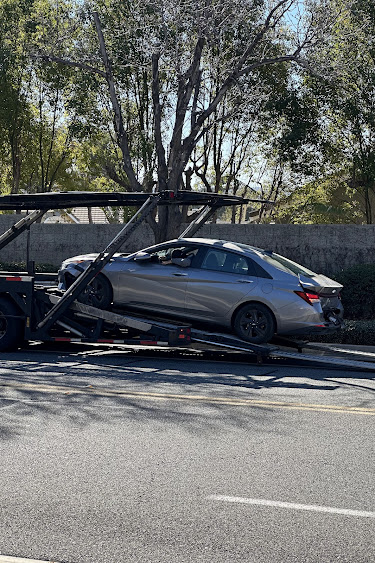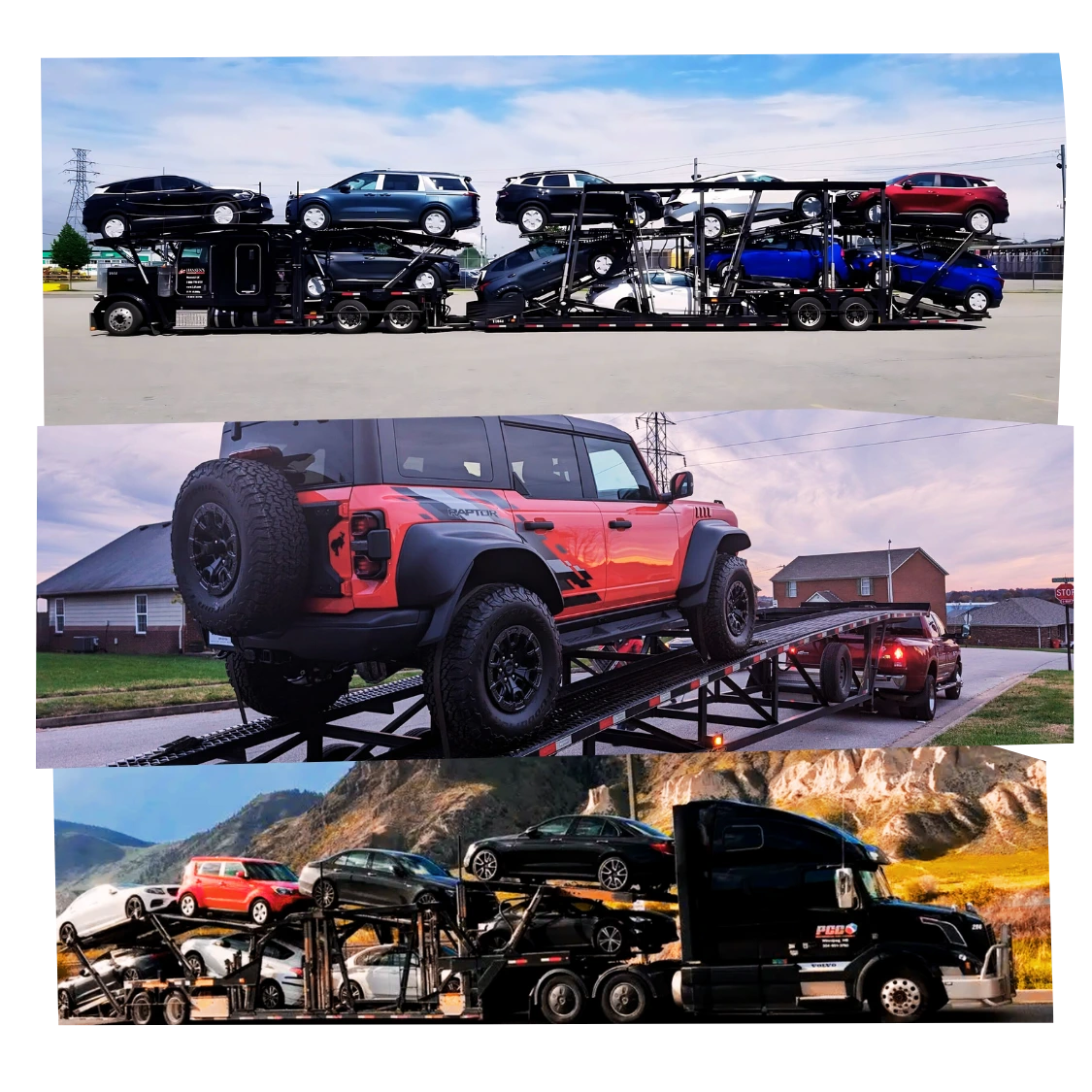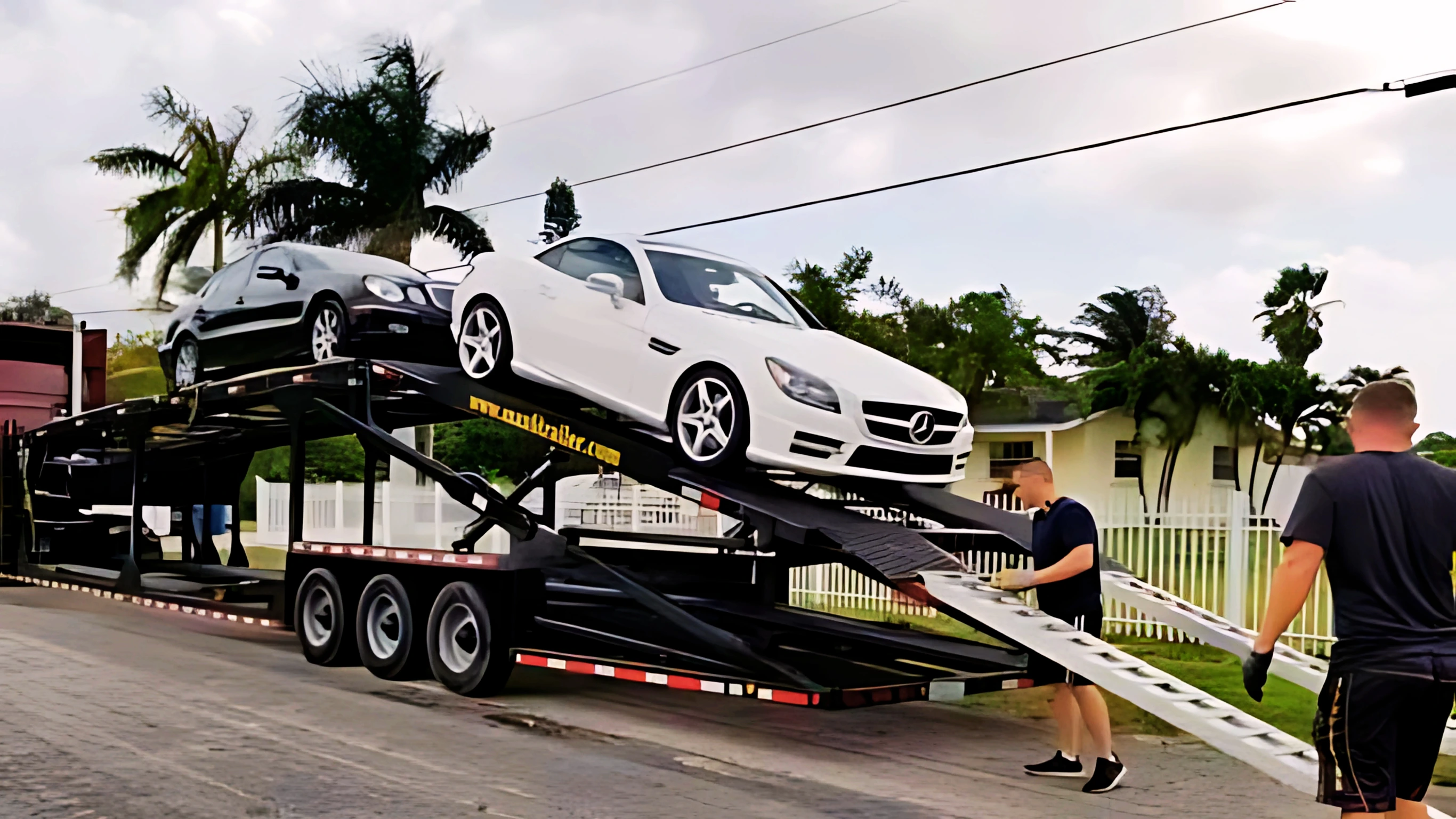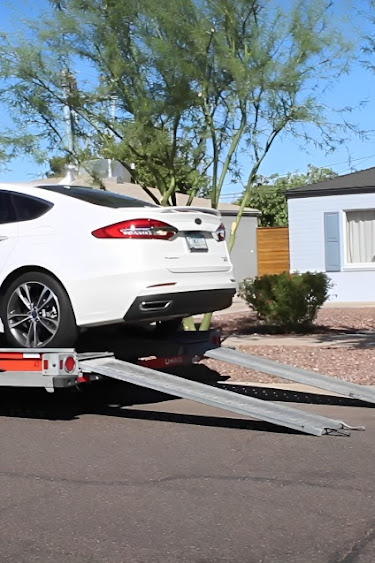
Open Auto Transport
Shipping a car involves many details to think about, and shipping methods are one of them. If you are planning to ship your vehicle and want a budget-friendly method, then open auto transport will be the one option that can fulfill your requirements. Here, you will learn everything you need to know about open car carrier transport.
DOT & MC Certified
Thousands of Happy Customers
Guaranteed Pickup & Delivery
Live Customer Service

I used Rapid Auto Shipping to transport my car from Southern to Northern California on 2/27/25, and they exceeded my expectations. The process was smooth, fast, and exactly as promised—no delays or hidden fees. The team was professional, communicative, and my car arrived on time in perfect condition. Highly recommend for reliable, affordable transport!This is the best service I've ever had. I recently moved my car from Lawrence, Kansas to Cleveland, Ohio. It took only 28 hours to transport. I utilized open carrier and received the item in 'as is' condition. The transportation cost is lower than that of other carriers. Customer service representatives are kind and responsible. I highly suggest this service.

What IsOpen Auto Transport?
Learn about the standard method of vehicle shipping used by dealers and private owners alike.

Open auto transport is the most widespread and cost-effective method. For automobile owners, dealerships, and manufacturers, this method uses an open trailer to move multiple vehicles.
Open car transport is the best if you need to ship cars hundreds or thousands of miles across the country. Your vehicle is on an open trailer with several others, making each vehicle’s cost cheaper. Also, additional delivery and pick-up times are available to accommodate your schedule.
Many individuals, dealers, and manufacturers prefer open carrier car shipping. It’s ideal for standard vehicles whose owners want to ship long or short distances, no matter whether you’re relocating, buying it from a distant dealer, or sending it to relatives. Open carrier car transport capacity of hauling multiple vehicles works well for dealerships and manufacturers, transporting several cars at once.
Open vehicle transport ships vehicles on an open carrier that provides optimum vehicle safety. However, it can’t cover your car from external elements in bad weather conditions. Standard vehicles are tough enough to handle the weather elements, but luxury or antique vehicles need to go with a more secure option like enclosed car transport.
Most affordable shipping method with shared trailer costs
Multiple delivery and pick-up times available
Open trailers can transport several cars simultaneously
Preferred by dealers, manufacturers, and private owners
Benefits Of
Open Auto Transport
Open car shipping is the cheapest and most favored way to transport cars nationwide. Whether you are moving, buying a car from a dealership, or buying it from an auction, open car transport offers the best and economical way out. Open transport car shipping involves transportation of your vehicle on an uncovered trailer with several other automobiles, and this is the inexpensive and most convenient option. Here’s why open vehicle transport remains the best option for most customers.
Most Cost-Effective
One of the most significant advantages of open car carrier transport is that it is cost-effective. Open carrier shipping has the capacity to carry several cars at a time, making each customer’s costs much lower. In comparison to enclosed transport, open carrier shipping is an affordable option for standard vehicle transportation without sacrificing reliability.
Outstanding Availability
Open carrier car transport is the most popular vehicle shipping method, with more frequent scheduling and quicker transit times. When you require speedy and flexible shipping, open car carrier shipping provides a smooth ride with more transporters on different routes.
Versatile Vehicle Types
Unlike enclosed transport, which is confined to specific vehicle types, open carrier car shipping can handle different models, including sedans, SUVs, trucks, and even motorcycles. Whether you’re shipping a personal car as an individual or shipping multiple vehicles as a dealership, open car transport offers a convenient and versatile solution.
Complete Transparency
With open car shipping, your car is kept in sight along the way, making it simple for you and the shipping company to inspect the car. By maintaining transparency, drivers are able to check the status of every vehicle and minimize the occurrence of concealed damage. Open auto transport also reduces the possibility of theft, as cars are always visible at all times.
How Open Auto
Transport Works
At Rapid Auto Shipping, our open vehicle transport process is easy and hassle-free. To book your standard car shipment, follow these simple step.
Request an Instant Auto Shipping Quote
Obtaining a shipping quote is the first step to ship a car. Fill out the details in the auto shipping calculator, or get in touch with us by email or call +1 (833) 233-4447.
Booking of the Shipment
Once you get the auto transportation quote, you need to schedule your shipments. For your convenience, we provide electronic contracts. An email containing a link will be sent to you so you can conveniently schedule your shipment online.
Vehicle Pickup
Our skilled auto transport driver picks up your vehicle on the appointed day. Thorough inspection and condition recording before loading on the carrier.
Safe Delivery
The carrier will contact and provide you with an estimated arrival time a few hours before delivery. If you are unable to do so, you can ask a reliable person to accept the car on your behalf.
Cost Of Open Car Shipping?
One of the most concerning questions that vehicle owners have is about how much it costs to ship a car. Usually the cost of shipping a car is calculated based on several factors. At Rapid Auto Shipping, we are not solely working to make a profit, we are a nation-serving company. Thus, we provide the most competitive, reasonable, and affordable vehicle shipping rates in the United States without compromising our services. Average car shipping costs are mentioned below to help get a general idea of the pricing structure.
Factors Affecting The
Cost of Open Transport
The price of open auto transport varies based on several factors such as distance, vehicle details, and demand season. Knowing these factors will enable you to budget and get the best rates for open car shipping.
Distance & Route
The longer distance your car has to travel, the more expensive it will be because of fuel usage, tolls, and labor of the driver. Transporting to major cities with well-traveled roads is generally less expensive than shipping to outlying or rural areas.
Vehicle Type & Weight
Larger and heavier vehicles take up more room on an open car carrier shipment, which increases the shipping cost. Smaller cars, however, are simpler to fit in, thus being less expensive to ship.
Seasonal Demand
Open car shipping prices vary seasonally. Summer (Memorial Day to Labor Day) is a peak season with higher demand, which pushes prices up. Booking in off-season months can get you better rates for open vehicle shipping.
Model & Manufacturer
Luxury or high-end cars can need extra care, adding to the total cost of transport. Although open carrier car transport is safe in most cases for regular cars, exotic or premium vehicles may need extra attention, which can increase the price.
Vehicle Length
Compact cars occupy less space on an open carrier, enabling transporters to carry more cars on one trip. This cost-effective use of space can lead to reduced expenses, which in turn makes open transport car shipping cost-effective for smaller cars.
Seasonal Pricing Guide
Understanding seasonal demand patterns can help you save significantly on shipping costs
Pros And Cons Of
Open Auto Transport
Open auto shipping is the most common way to ship cars because it is economical and efficient. But, just like any shipping method, it has pros and cons. Knowing these will enable you to determine whether open carrier car transport is suitable for your requirements.
Cost-Effective
The most affordable method is open car transport since several cars are transported simultaneously, lowering the per-car cost. This option is best for individuals, dealerships, and car manufacturers that need a cost-effective solution.
High Availability & Faster Scheduling
Due to the fact that open carrier shipping is the most widespread shipping method, carriers are available easily. This provides quicker scheduling and a faster turnover than enclosed transport.
Flexible & Ideal for Most Cars
Open car transport can handle a range of cars, from sedans and SUVs to trucks and motorcycles. It's the go-to option for regular cars that don't need additional protection.
Effective & Reliable
Open transport car shipping uses optimized routes with frequently scheduled carrier departures, making deliveries reliable and on time.
Increased Visibility for Inspection
As cars are exposed, transporters can inspect them easily while in transit, minimizing the chances of undetected damage or concealed problems.
Who Should Use
Open Car Transport?
Open car shipping is the perfect solution for individuals seeking a budget-friendly, hassle-free method of transporting a car. Whether relocating to a new town, buying a vehicle over the internet, or running a car dealership, open carrier auto shipping provides a convenient, cost-effective solution.
Individuals Relocating on a Budget
If you are moving nationally and require a low-cost means to ship your vehicle, open vehicle transport is the cost-effective way to do this without having to drive your vehicle long distances.
Car Dealerships & Fleet Managers
For dealerships transferring multiple vehicles together, open car transport is their preferred method of choice. They can transport lots of vehicles as bulk in large quantities at relatively lower prices and manage inventory at a reduced price.
Online Car Buyers & Sellers
In case you bought a vehicle from a seller out of your state, open car carrier shipping makes delivery hassle-free and budget-friendly to your place.
Auction Buyers & Classic Car Enthusiasts
Auto auction buyers usually opt for open car transport due to its affordability and convenience, particularly while buying multiple cars.
Tips For A Successful Open Car Transport Experience
Simply follow these easy steps to have a hassle-free and smooth open auto transport experience:
Wash Your Car
A clean vehicle makes it simpler to photograph any existing damage prior to shipping.
Disable Alarms
Avoids unnecessary disruptions and a smooth transport experience.
Take Out Loose Accessories
Remove or secure removable items such as spoilers, bike racks, or antennas to prevent damage during shipping.
Check Tire Pressure & Fluid Levels
Well-maintained tire pressure and fluid levels ensure safe loading and unloading.
Limit Personal Items
Most carriers permit up to 100 lbs of personal items, but leaving valuables behind is advisable.
Offer a Spare Set of Keys
Carriers mandate a set of keys in case the vehicle must be relocated during loading or unloading.
By taking these precautions, a smooth and hassle-free open car shipping experience can be ensured. Require professional advice? Our transport experts are one call away for help.
Open vs Enclosed Transport
Compare the two main shipping methods to choose the best option for your vehicle
Key Features
Additional Details
Rapid Auto Shipping: Your
Trusted Partner
For Open Auto Transport
When you need dependable, budget-friendly, and stress-free open auto transport, Rapid Auto Shipping is the company you can count on. Whether you are relocating coast-to-coast, buying a car online, or coordinating a dealership's inventory, we make shipping easy and hassle-free.
Clear Pricing
No surprise charges, no advance payments—just transparent, competitive pricing.
Fully Licensed & Insured
Your ride is insured from pickup to drop-off, providing you with ultimate peace of mind.
Expert Team & 24/7 Support
Our qualified shipping experts are on hand 24 hours a day to help you every step of the way.
Nationwide Network
We utilize thousands of pre-screened, insured carriers to deliver the best shipping options across the country.
Perfect For Every Shipping Need
Whether you’re shipping a sedan, SUV, truck, or motorcycle, Rapid Auto Shipping simplifies open auto transport and makes it affordable and reliable. Get your free quote today by simply filling out our online form or call at +1 (833) 233-4447 and enjoy hassle-free vehicle shipping!

FAQs on Car Shipping Services in the USA
Some Of Our Recent Shipments
Trip:Philadelphia, PA to New York City, NY
Price:$1,800
Distance:2,710 mi
Trip:Pittsburgh, PA to Seattle, WA
Price:$1,150
Distance:2,524 mi
Trip:Harrisburg, PA to Miami, FL
Price:$900
Distance:1,165.1 mi
Trip:Erie, PA to Phoenix, AZ
Price:$1,100.00
Distance:2,111 mi


